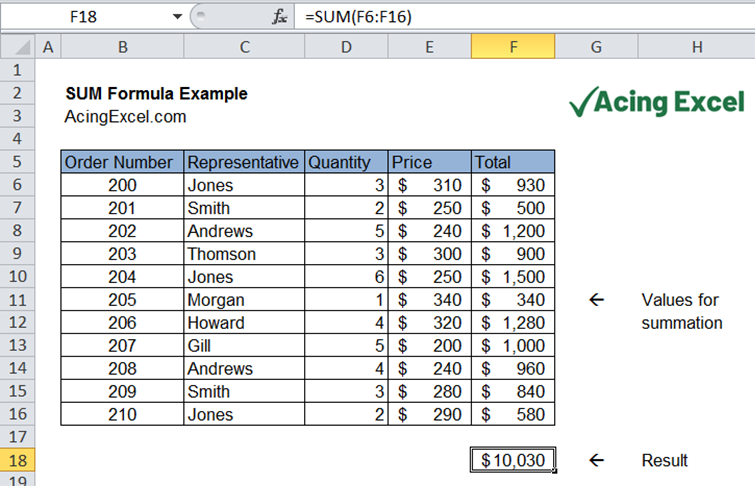5 Excel Tips for Semester Planning

As students and educators prepare for the next academic semester, effective planning with Excel can transform a potentially chaotic process into an organized and manageable task. Excel, known for its versatility in data management, can be a powerful tool for semester planning. Here are five practical tips to leverage Excel for a seamless semester start:
1. Create a Semester Calendar


The foundation of semester planning is a well-structured calendar. Here’s how to craft one in Excel:
- Set up the calendar for the entire semester, with weeks on one axis and hours or days on the other.
- Use Excel’s built-in calendar functions or templates to create a grid where each cell represents a day or time slot.
- Color-code different activities:
- Lectures in blue.
- Study sessions in yellow.
- Exams in red.
- Breaks or holidays in green.
- Add conditional formatting to highlight due dates for assignments or exams.
✅ Note: Ensure your calendar template allows for dynamic adjustments, as semester dates can change.
2. Use Pivot Tables for Course Load Analysis

Pivot tables are excellent for summarizing data in different ways, which can help you understand your course load:
- List all your courses, their credit hours, and expected workload in separate columns.
- Create a pivot table to:
- Sum total credit hours per semester.
- Break down hours by course type (e.g., science, humanities).
- Calculate the total study hours required for each course.
- Regularly update this table as your schedule changes to keep a real-time snapshot of your academic commitments.
3. Track Assignments with Gantt Charts


Gantt charts are visual tools for project management, perfect for tracking assignment deadlines:
- Use a Gantt chart template or create one manually:
- List assignments on one axis and the timeline on the other.
- Color code bars for different subjects.
- Include key milestones like project presentations or exams.
- Highlight when work needs to start, ensuring you account for your typical procrastination times.
- Update the chart as assignments are completed to reflect real progress.
4. Budget Management

| Expense Category | Description | Estimated Cost | Actual Cost |
|---|---|---|---|
| Textbooks | Purchase of required course materials | 200</td> <td>180 | |
| Tuition | Semester fees | 3000</td> <td>3100 | |
| Housing | Dorm or apartment rental | 2000</td> <td>2200 | |
| Food | Groceries and dining out | 600</td> <td>700 | |
| Transportation | Commuting or travel expenses | 100</td> <td>150 | |
| Others | Miscellaneous | 200</td> <td>300 |

📝 Note: Regularly update your budget to reflect actual costs, which can help in financial planning and avoid semester-end surprises.
5. Set Up an Exam Preparation Tracker

With exams being a major component of your semester grade, here’s how you can prepare systematically:
- Create a sheet for each exam:
- List the date, exam topic, and key concepts to review.
- Schedule study sessions and track study progress.
- Include space for notes on practice tests or past papers.
- Set reminders or use Excel’s calendar integration to ensure you have ample preparation time.
In summary, utilizing Excel for semester planning can significantly ease the stress of academic management. From creating a structured semester calendar, analyzing your course load, tracking assignments, managing your budget, to preparing for exams, Excel offers tools that can make your educational journey more productive and less chaotic. Remember to keep your spreadsheets updated, as changes in your schedule or financials can occur throughout the semester. With these tools at your disposal, you're equipped to approach the new semester with confidence, organization, and a clear path to success.
How do I sync my Excel calendar with my smartphone?

+
Use cloud storage like Google Drive or OneDrive to sync your Excel file, which can then be accessed and edited via the Excel app on your smartphone. Alternatively, you can export the calendar to a .ics file and import it into your phone’s native calendar app.
Can I share my semester plan with others?

+
Yes, you can share your Excel workbook with your peers, advisors, or professors by using the ‘Share’ feature in Excel. This allows real-time collaboration where others can view or edit the spreadsheet depending on the permissions you set.
What if I need to change my semester plan mid-semester?

+
Excel’s dynamic nature allows for easy updates. Simply edit the cells or columns where changes are needed. Utilize version history if available, to keep track of previous plans. Remember to adjust related elements like budget or exam preparation schedules accordingly.



